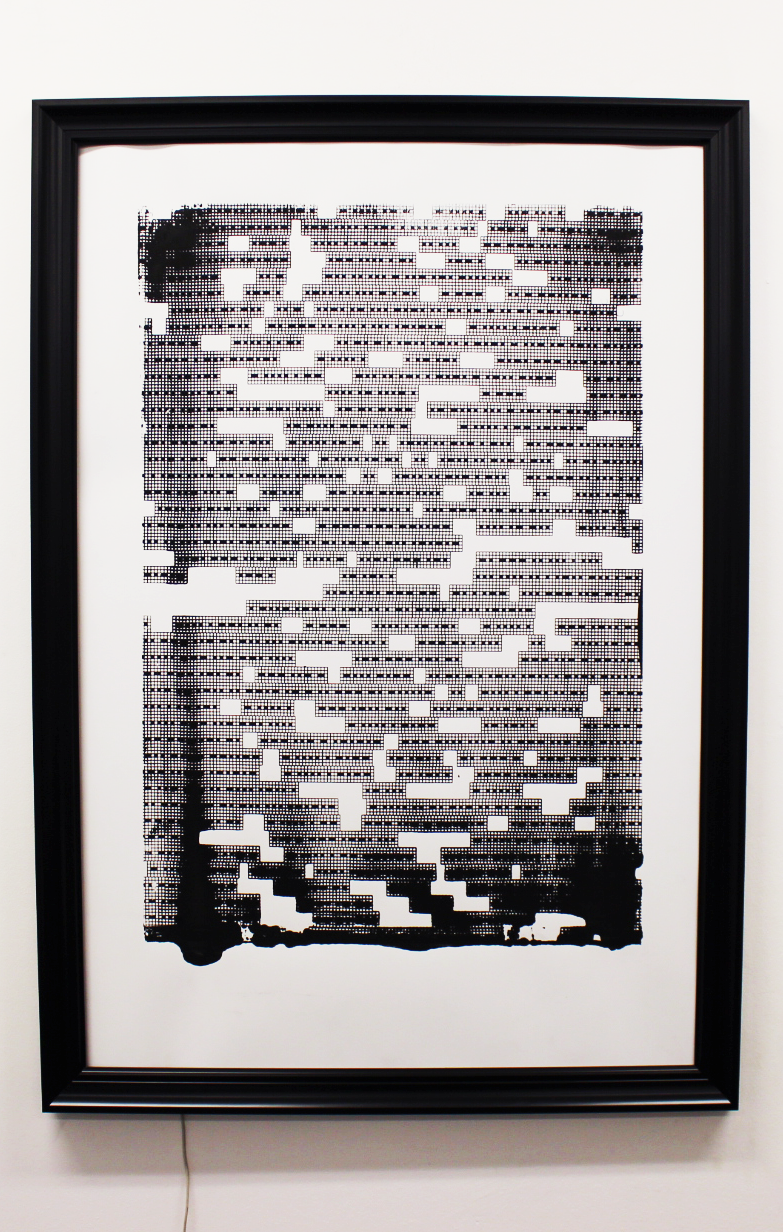
Michaela Pnacekova
A Symphony of Noise
Created by Michaela Pnacekova, Jamie Balliu
Herbert’s everyday sound sources are the inspiration for A Symphony of Noise VR. This interactive virtual reality experience is a journey through four sonic landscapes. The first centers on breathing, which immediately makes you focus on listening to the world differently. This is followed by an arctic environment full of scraping and crunching sounds, and finally a shop interior. Using the controllers or by blowing or singing, you can add sounds to the audio palette, which is visualized as waves and colors in three-dimensional space. In the fourth and final landscape, all the sounds are combined in an ultimate symphony.






